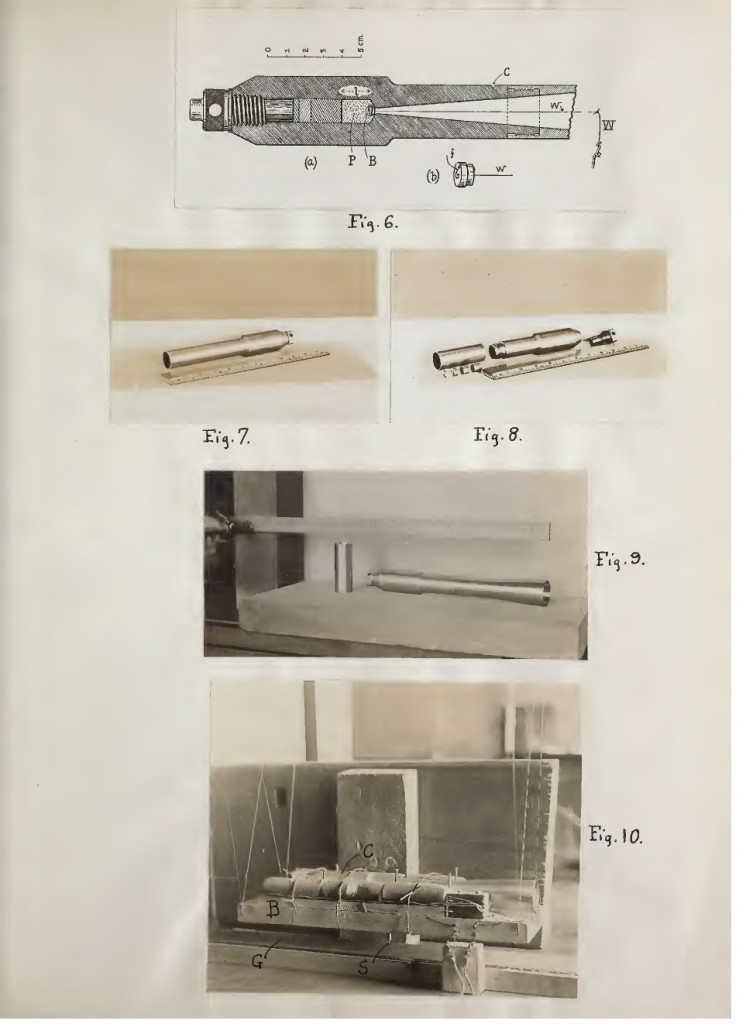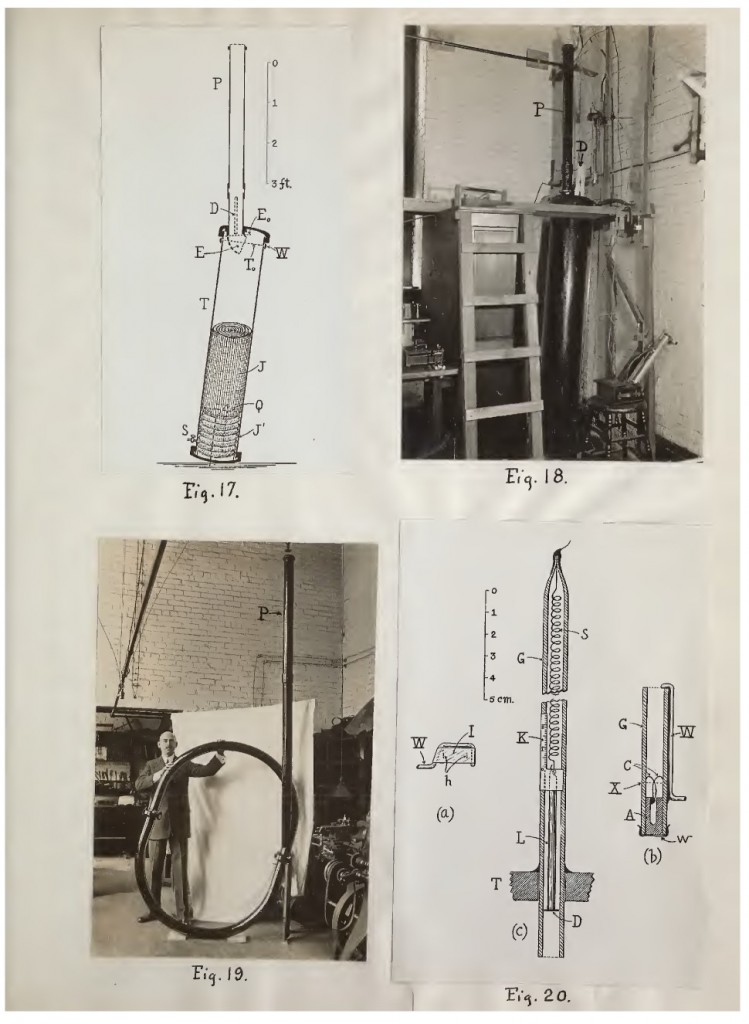This is the fourth of four “PDF Reviews” I plan to have in October, to make up for the lack of any in September. The idea is to present interesting online resources for those interested in the sort of aerospace oddities that you can find in the pages of Aerospace Projects Review. This little project is supported through my Patreon campaign; at current levels, I’ll post two such reviews per month. If you’d like to see more, or just want to contribute to help me along, please consider becoming a patron.
A work of no small importance in the history of spaceflight is “A Method of Reaching Extreme Altitudes” by Robert Goddard. Published in 1919 while his early rocketry work was being funded by the Smithsonian, “Method” is one of the major works of rocket engineering of the 20th century. At this time of writing, Goddard had experimented only with solid rockets; liquid rockets still being in the future. But in “Method” Goddard began to show what rockets could be capable of. In his last section he discussed what would be needed to launch a rocket not just to high altitude, but to escape velocity and beyond, with some discussion of how much flash powder would be needed to be detected impacting (and flashing) on the darkened surface of the moon.
It was that last bit that caused all the trouble.
Goddard was not by nature a publicity hound. And the press of the time, once they got hold of the report, savaged him for what they – incorrectly – saw as a sensational proposal to actually build a moon rocket, coupled with a flawed understanding of physics on the part of some reporters and editorial writers. The resulting firestorm in the press served to popularize Goddards work and inspire rocketeers around the world… but it also inspired Goddard to be even more of a recluse. Had this not been published, or had it escaped the notice of the press, it’s interesting to speculate how history might have been different. Many German rocket scientists might not have been as inspired, while Goddard might have been less reclusive and thus more open to accepting assistance. The result *might* have been that WWII would have ended not with German rocketeers being sought all over the world, but American rockeeters in the same position… but victorious. The result of *that* would have been to potentially move the march to space forward by five to ten years, while denying to the Soviets much of the expertise of the Germans.
The Internet Archive has a scan of a Smithsonian copy of the report. Their copy has a number of hand-written corrections and notations, and appears to be a proof copy rather than one of the final published versions.
Link to the abstract page:
https://archive.org/details/methodreachinge00Godd
And directly to the PDF:
https://archive.org/download/methodreachinge00Godd/methodreachinge00Godd.pdf

